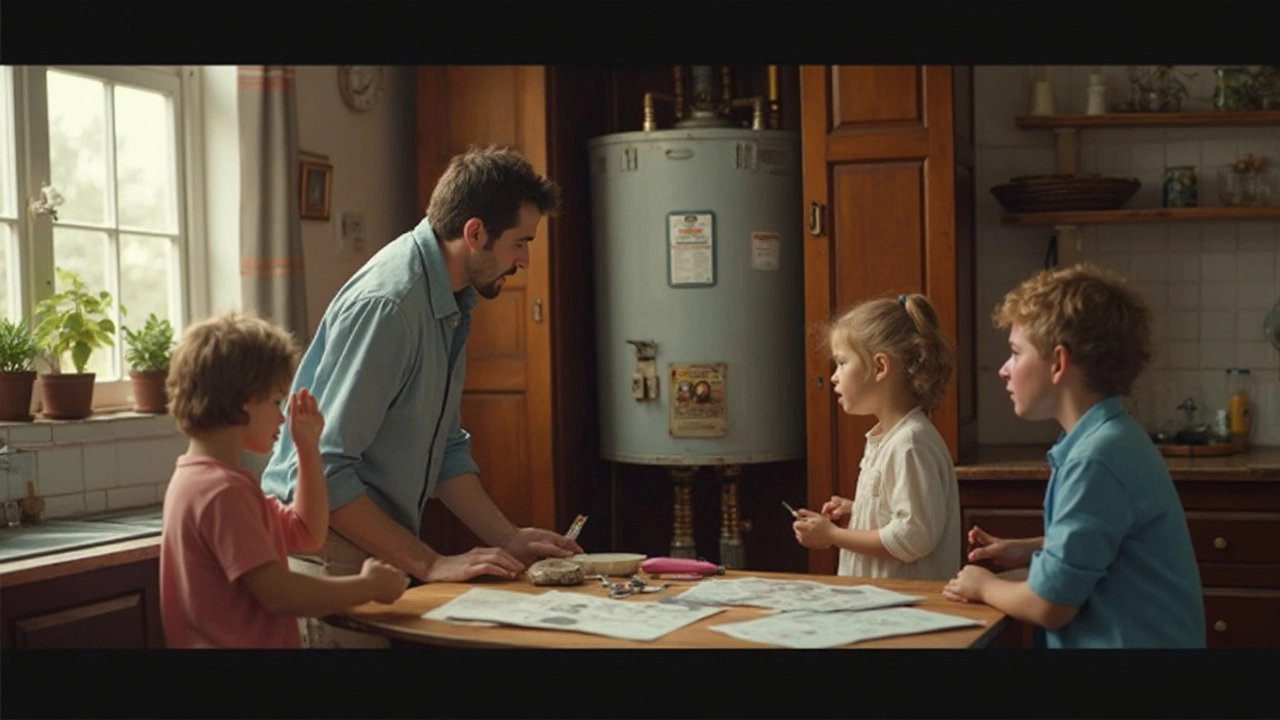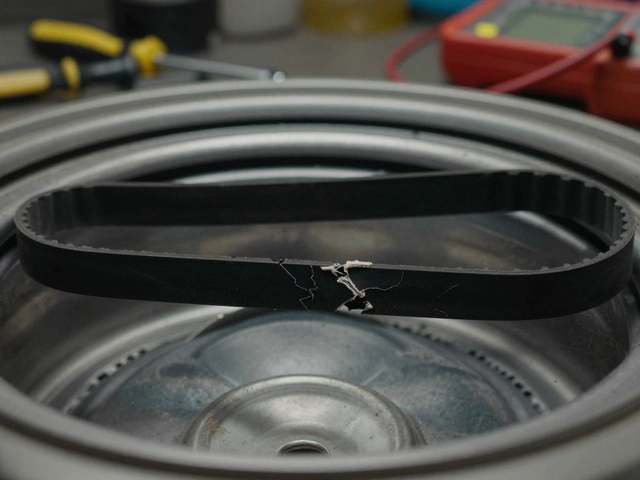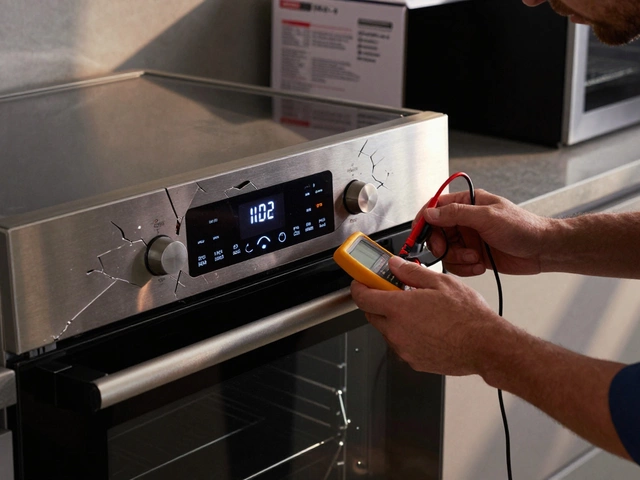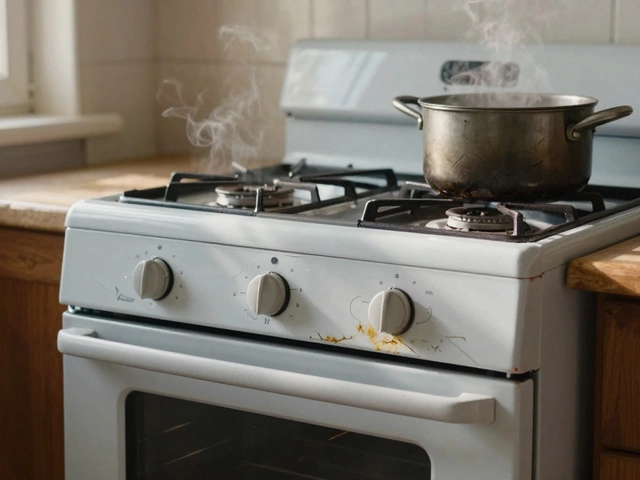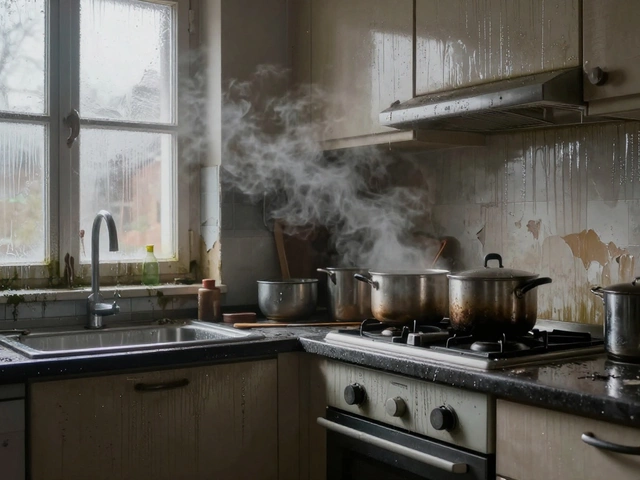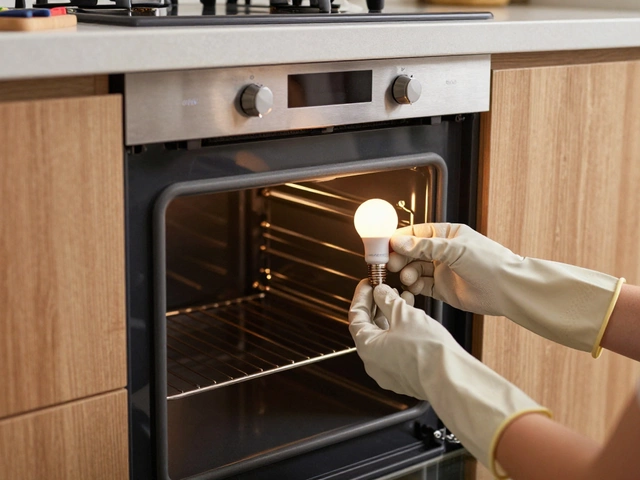20 Year Water Heater: Keep It or Replace It?
Twenty years is a long time for a water heater. By now the tank has seen countless heating cycles, mineral buildup and wear on its internal parts. Most homeowners wonder if it still makes sense to keep the old unit or if a new one would save money and headaches. Below we break down the key signs, maintenance steps and cost factors so you can decide quickly.
How Long Do Water Heaters Usually Last?
Typical electric or gas water heaters are built to last around 10‑15 years. When a unit reaches 20 years it has far out‑lived its design life. Corrosion inside the tank, worn‑out heating elements and failing thermostats are common at this stage. If you notice rust flakes in the water, strange noises or a drop in hot‑water output, those are strong clues the heater is on its last legs.
When Repair Is Worth It
Minor problems like a tripped reset button, a leaking pressure valve or a faulty thermostat can often be fixed for under £150. If the repair cost is less than half the price of a new tank and the heater is still performing well, a fix makes sense. Keep an eye on the age of the parts – a heating element that’s been replaced once already may fail again soon.
For DIY‑friendly fixes, turn off the power or gas, drain the tank, and replace the faulty part. Many homeowners feel confident swapping a thermostat or heating element with a simple screwdriver and a bucket. If you’re not comfortable working around electricity or gas, call a local pro to avoid safety risks.
When to Say Goodbye
If the tank is leaking, especially from the bottom, the whole unit is compromised and repair isn’t practical. A leaking tank can cause water damage, mold growth and higher energy bills. Another red flag is a sudden spike in energy usage; an old heater can become inefficient, costing more to heat the same amount of water.
When you’re looking at a repair bill that equals or exceeds the cost of a new, energy‑efficient model, it’s time to replace. Modern tanks often have better insulation and faster recovery rates, which can save you up to 30 % on your utility bill.
Choosing a New Heater
Consider a tank‑less system if you want endless hot water and a smaller footprint. If you stick with a tank, look for a model with a good warranty – 10‑year coverage is common and shows the manufacturer trusts its durability. Size matters too; a 200‑litre tank is usually enough for a 4‑person household.
Installation isn’t a DIY job for most people. Professional installers will ensure the proper venting, gas lines and electrical connections, which keeps you safe and protects any warranty.
Maintenance Tips to Extend Life
Even a 20‑year‑old heater can last a few more years with proper care. Flush the tank once a year to remove sediment that reduces heat transfer. Check the anode rod every couple of years and replace it if it’s heavily corroded – this simple step can add years to the tank’s life.
Also, test the pressure‑relief valve annually by lifting its lever. If it doesn’t release water, replace it immediately. Regular checks keep the heater running efficiently and help you spot problems before they become costly failures.
Bottom line: if your water heater has made it to 20 years, it’s a good idea to assess its condition, repair costs and energy efficiency. Minor fixes can buy you a bit more time, but leaks, major inefficiency or high repair bills mean it’s smarter to upgrade. With the right maintenance, you’ll enjoy reliable hot water without surprise breakdowns.
22 June 2025
·
0 Comments
Wondering if it makes sense to repair a water heater that's been running for two decades? This article breaks down the real-world cost, safety, and efficiency issues owners of 20-year-old water heaters face. Get straight answers on telltale signs your unit is past its prime, and what to expect from repair versus replacement. Skip the guesswork with practical tips drawn from household experience, including what I’ve learned keeping my family’s water hot. Stop putting off the decision—here’s what you need to know before calling a plumber.
Read more

